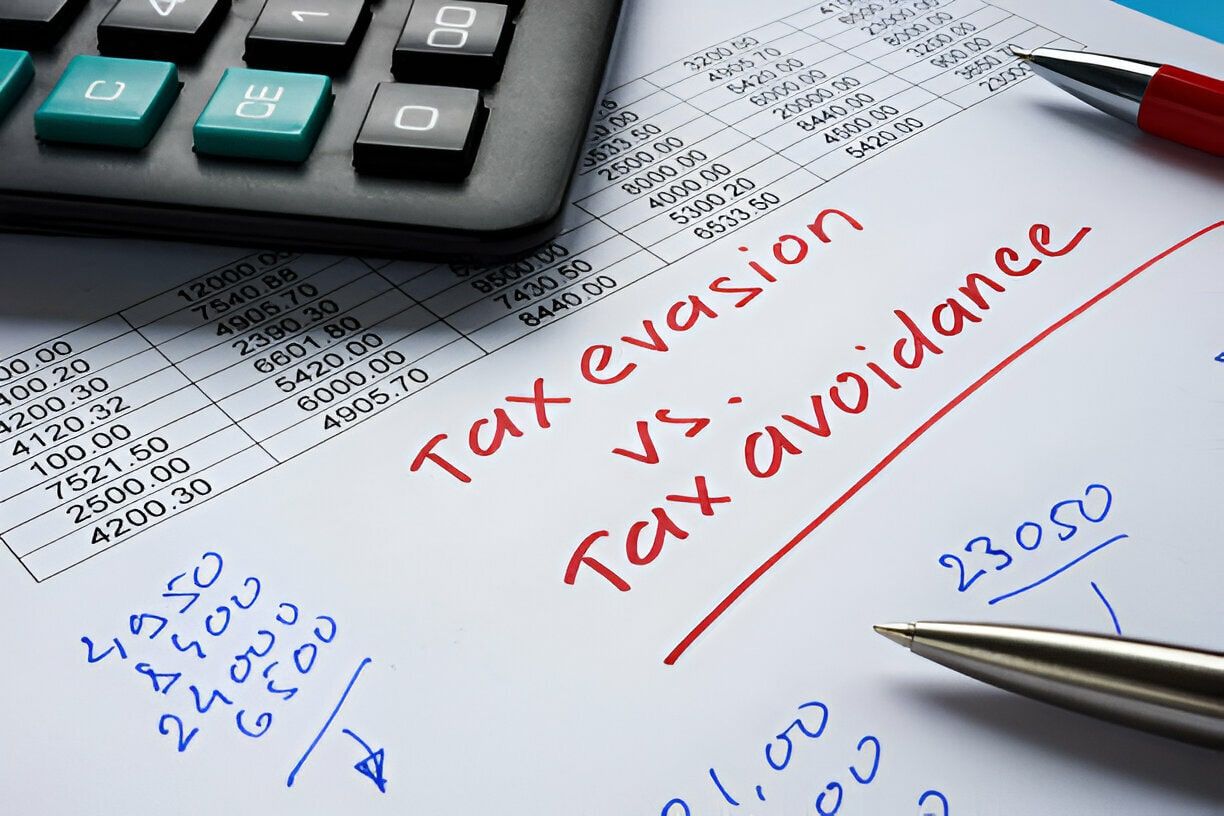TFSA Over-Contributions: CRA Rules, Penalties, and How to Fix Them
Over-contributing to a Tax-Free Savings Account (“TFSA”) can trigger unexpected taxes and penalties from the Canada Revenue Agency (“CRA”). This article explains what a TFSA over-contribution is, outlines its limits, and offers strategies for avoiding one.
What Is a TFSA Over-Contribution?
A TFSA over-contribution occurs when a taxpayer contributes more to a TFSA than their contribution room allows. Every Canadian aged 18 and over accumulates TFSA contribution room each year, and if a taxpayer deposits an amount beyond that limit (including carry-forward room from prior years), the surplus is considered an “excess TFSA amount” by the CRA and is subject to a special tax.
CRA TFSA Contribution Limits
A taxpayer should understand CRA TFSA contribution limits to avoid an over-contribution. TFSA contribution room consists of three components:
- Annual limit set by the federal government ($7,000 for 2025)
- Unused room carried forward from prior years
- Amounts withdrawn in previous years – for instance, if a taxpayer withdrew $5,000 in 2024, they gain an extra $5,000 of room on 1 January 2025 (note: the extra room does not appear in 2024).
TFSA Over-Contribution Penalties and Tax Implications
TFSA over-contributions are subject to a 1% monthly tax on the highest excess amount until corrected. There is no buffer amount: even a $1 over-contribution triggers this tax. The CRA may notify the taxpayer of an over-contribution via a Notice of Assessment or an Excess TFSA Amount letter, but these typically arrive long after the excess tax first starts accruing. As a result, it is prudent for a taxpayer to act quickly if there is an over-contribution.
Correcting TFSA Over-Contributions (Using Form RC243)
If a taxpayer has an over-contribution, it is prudent to:
- Withdraw the excess funds immediately to stop additional tax from accruing.
- File Form RC243 (TFSA Return), due by 30 June of the year following the over-contribution; this form calculates the tax payable.
- Pay the tax promptly, even if the taxpayer intends to request relief.
- Consider using new contribution room next year. The taxpayer’s 1 January limit increase can absorb the over-contribution, but the 1% monthly tax applies until then.
TFSA Over-Contribution Relief
The taxpayer may request a refund of the 1% tax. This requires a detailed written explanation sent to the CRA’s TFSA Processing Unit. We regularly assist taxpayers with this submission.
Tax Planning and Strategies to Avoid TFSA Over-Contributions
- Track TFSA room carefully using both CRA tools and personal records.
- Have a withdrawal strategy for over-contributions. A common mistake is withdrawing funds and then re-contributing in the same year – this causes an over-contribution if no room remains. Wait until the next calendar year to re-contribute.
- Limit automatic contributions.
- Seek professional advice when transferring TFSAs or handling complex situations (e.g., non-residency).
Need Help?
TFSA mistakes are stressful, but you don’t have to navigate them alone. If you face CRA penalties, contact Taxpayer Law. Our seasoned team can assist with correcting TFSA over-contributions, filing Form RC243, and pursuing relief under the CRA’s discretionary powers.
We appreciate the contribution of Momina Malik in the development of this article.




